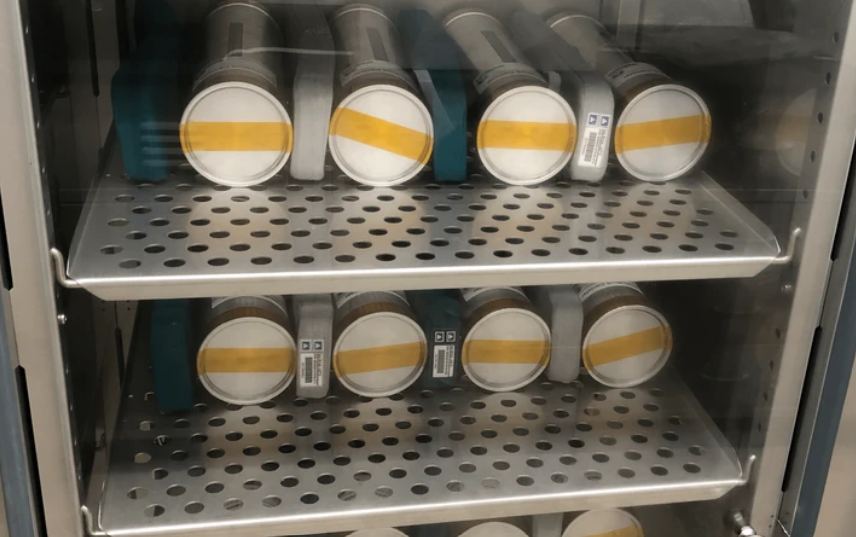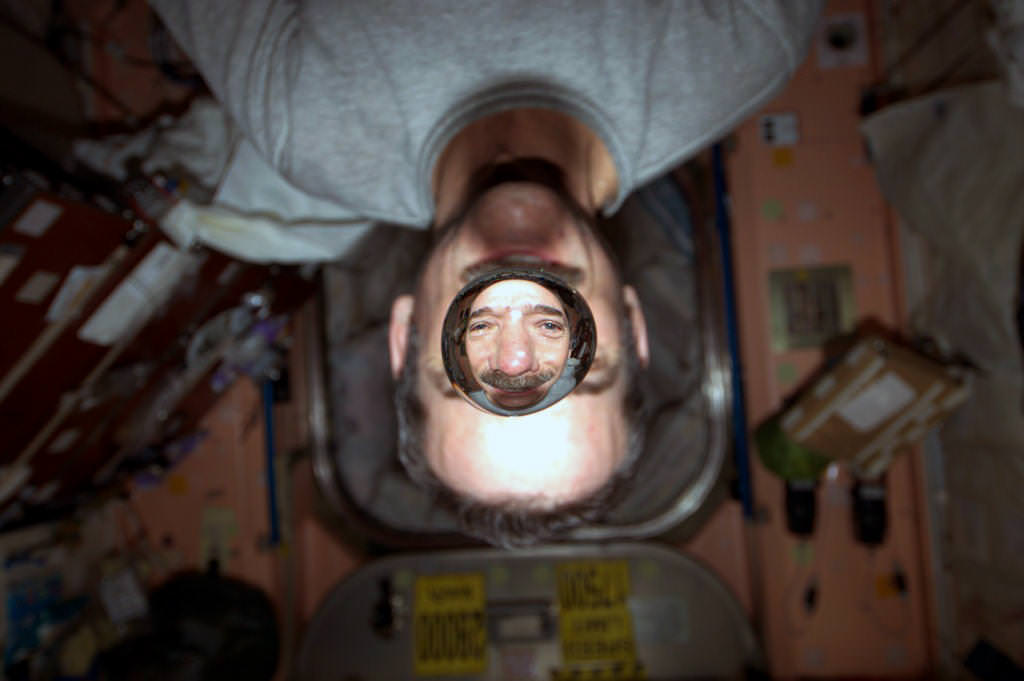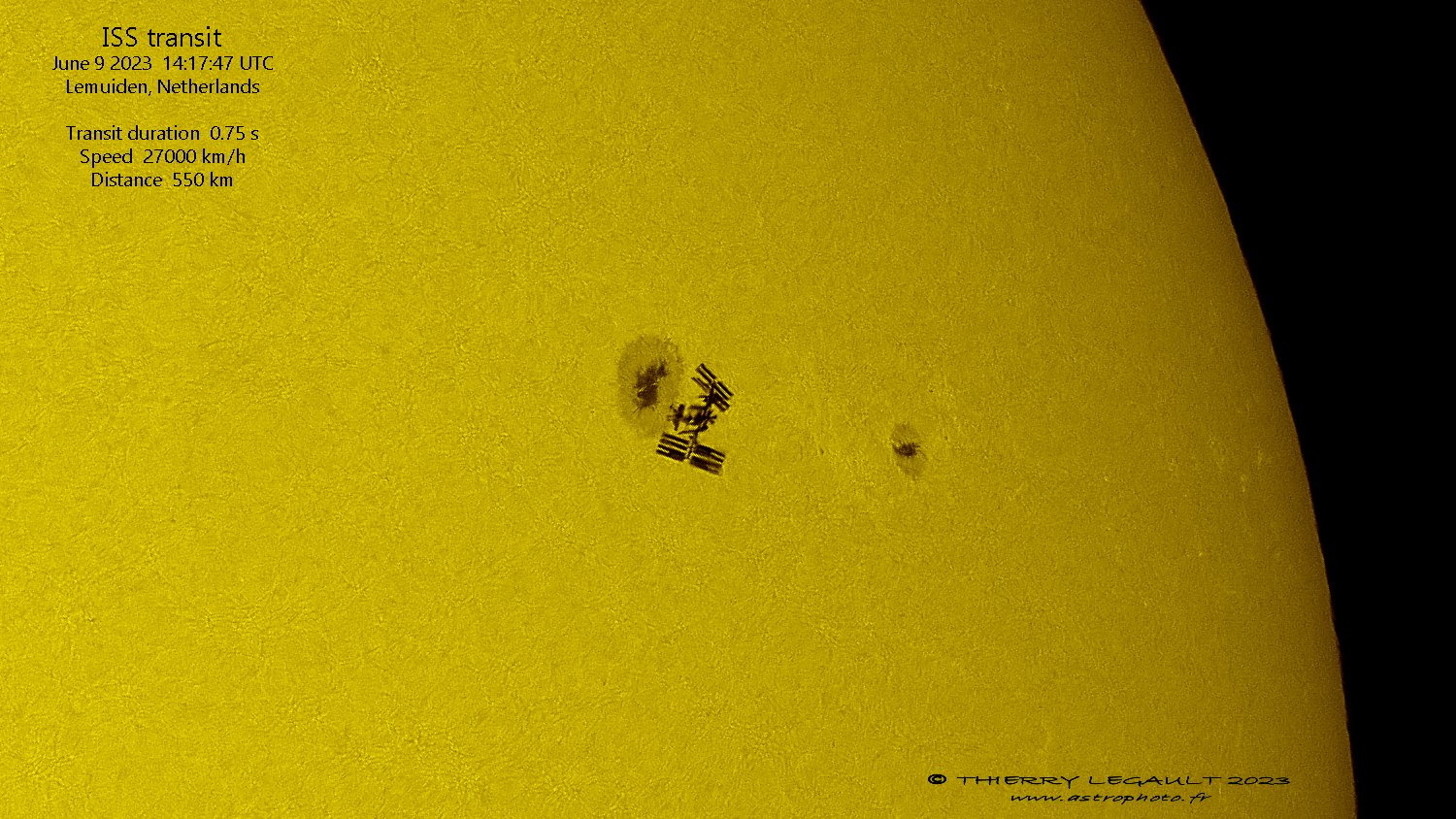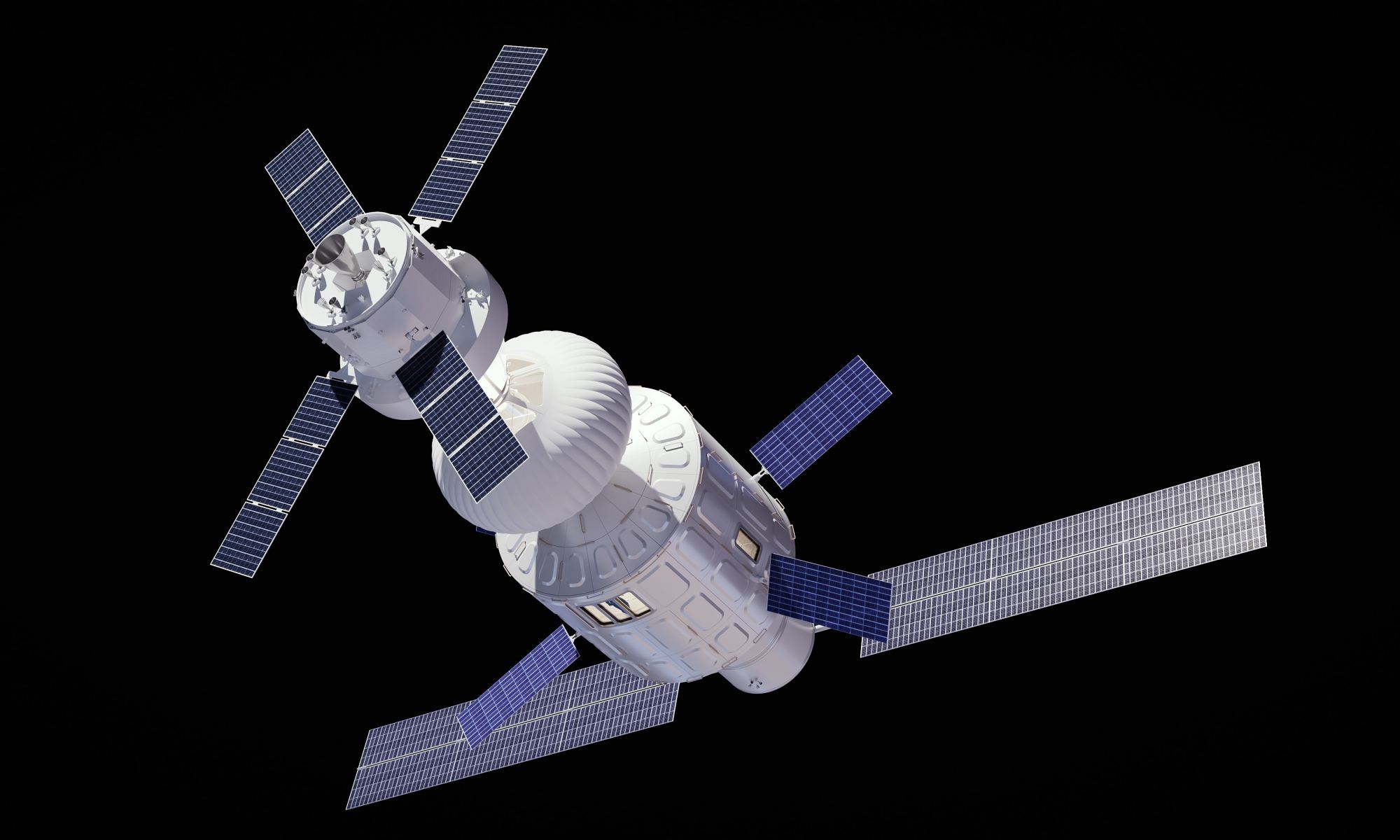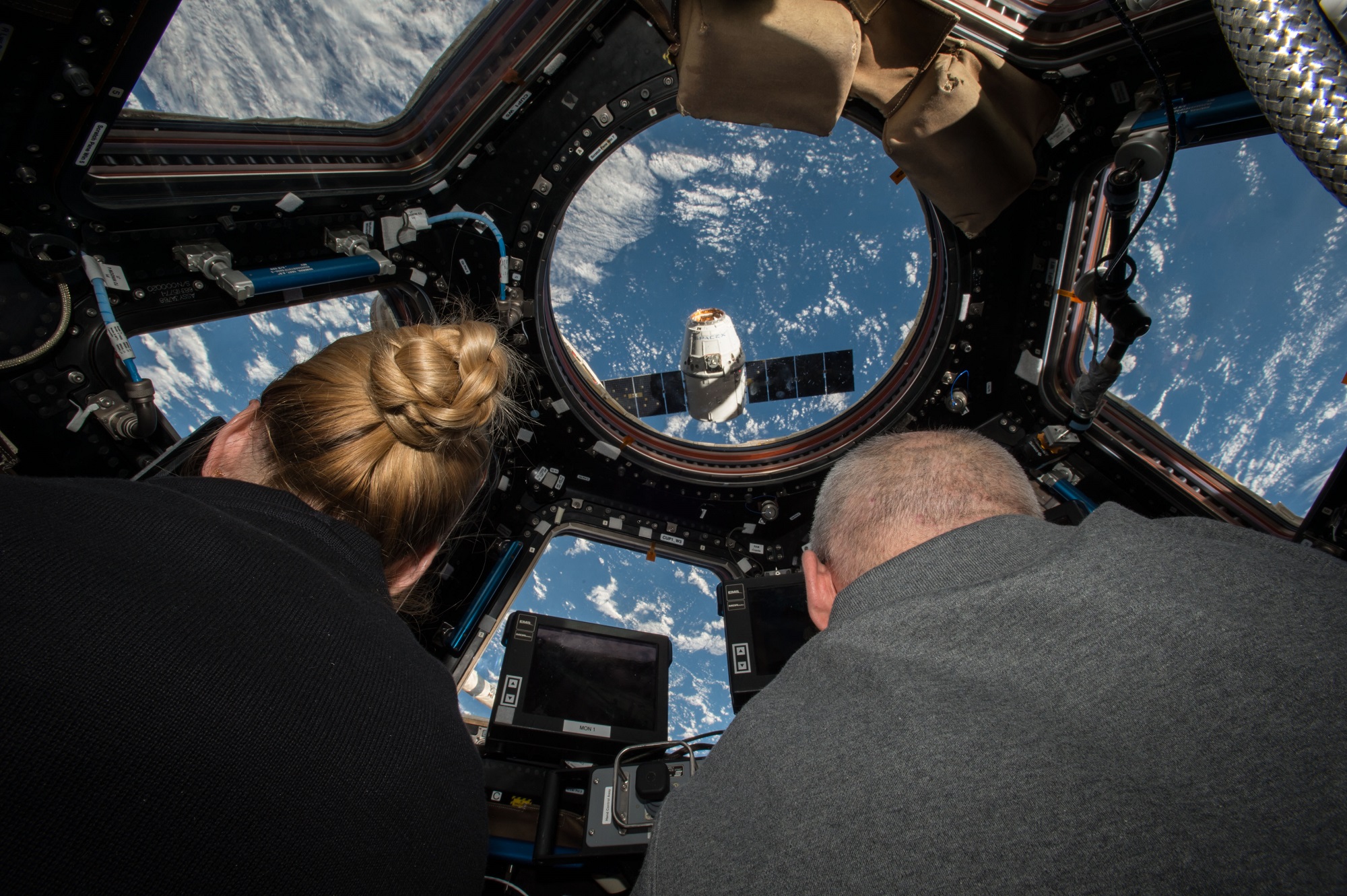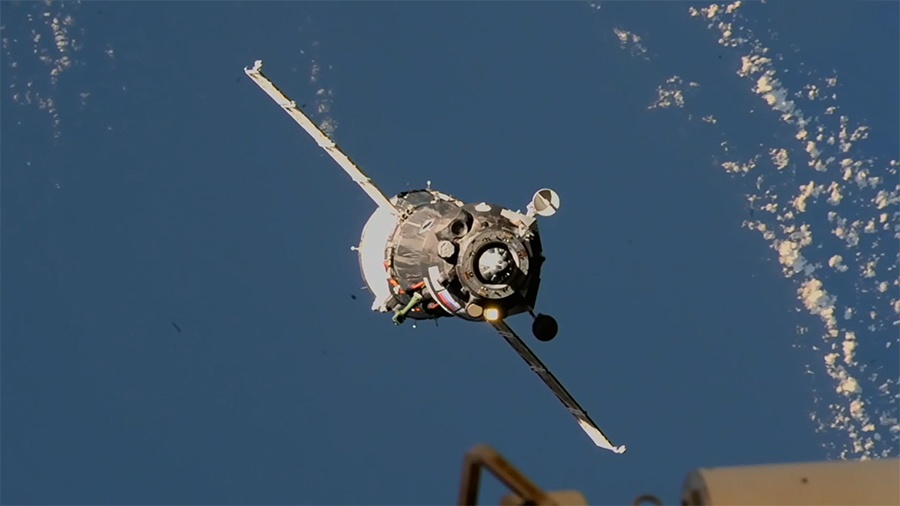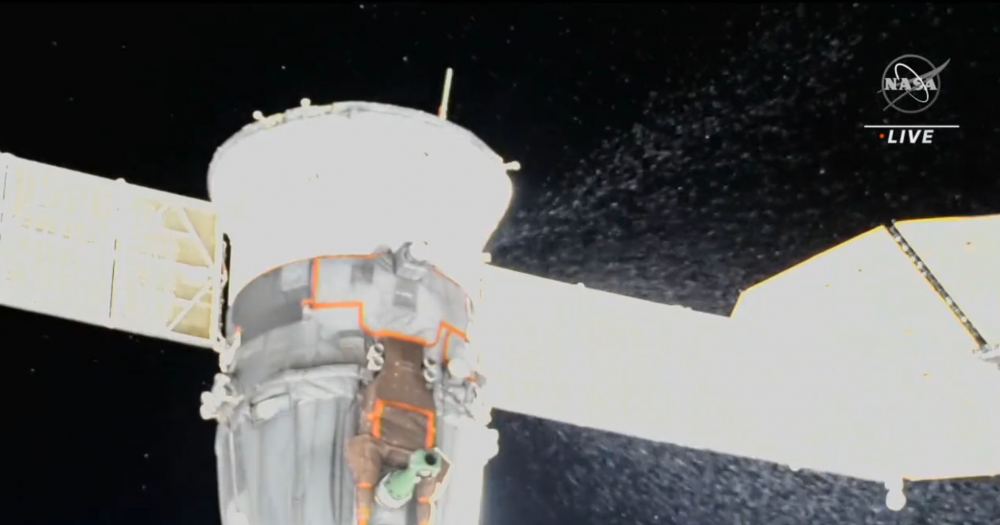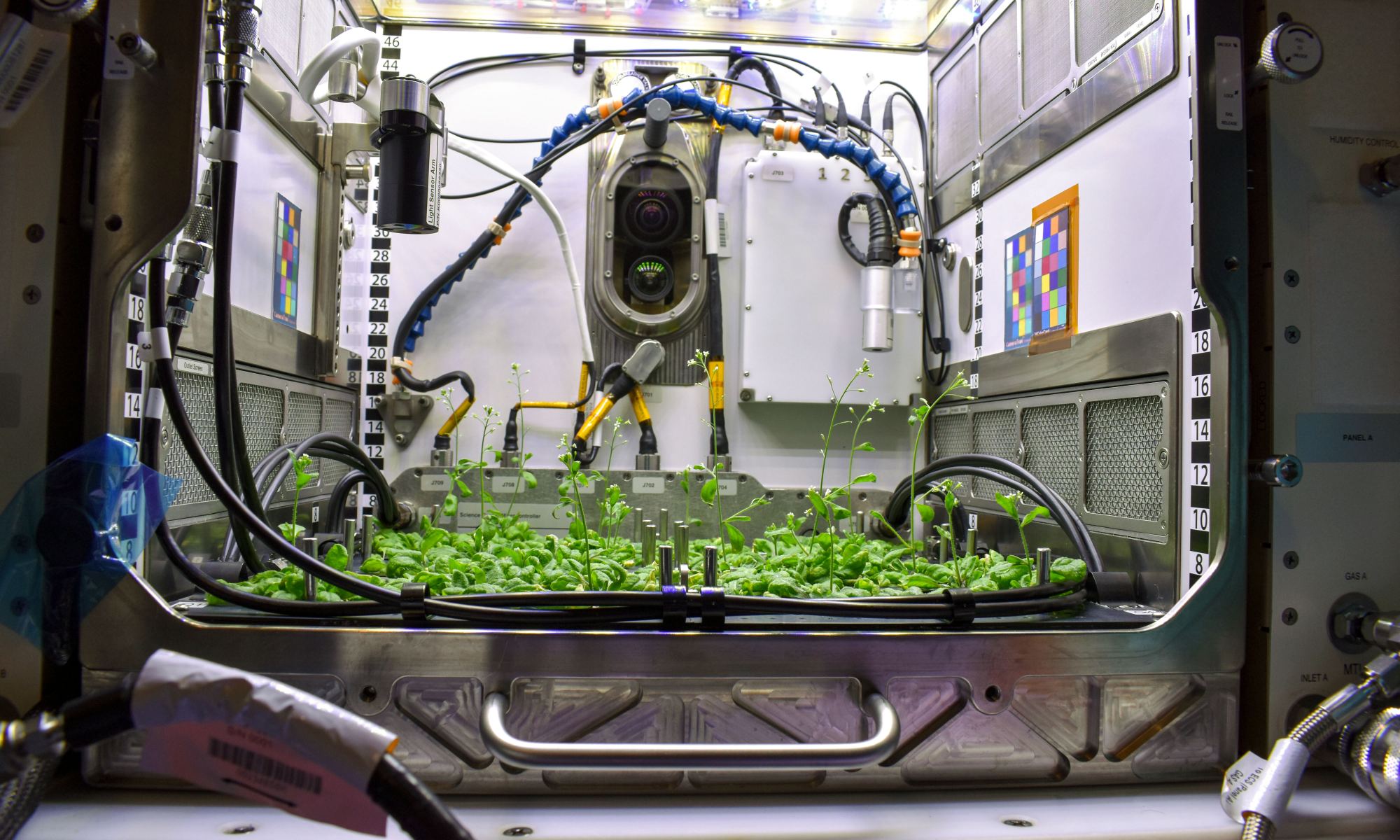Although humans have flown to space for decades, the missions have primarily been in low-Earth orbit, with just a handful of journeys to the Moon. Future missions with the upcoming Artemis program aim to have humans living and working on the Moon, with the hopes of one day sending humans to Mars.
However, the environments of the Moon and deep space present additional health challenges to astronauts over low-Earth orbit (LEO), such as higher radiation, long-term exposure to reduced gravity and additional acceleration and deceleration forces. A new paper looks at the future of biomedicine in space, with a sobering takeaway: We currently don’t know enough about the biomedical challenges of exploring deep space to have an adequate plan to ensure astronaut health and safety for the Artemis program.
Continue reading “We Don't Know Enough About the Biomedical Challenges of Deep Space Exploration”

